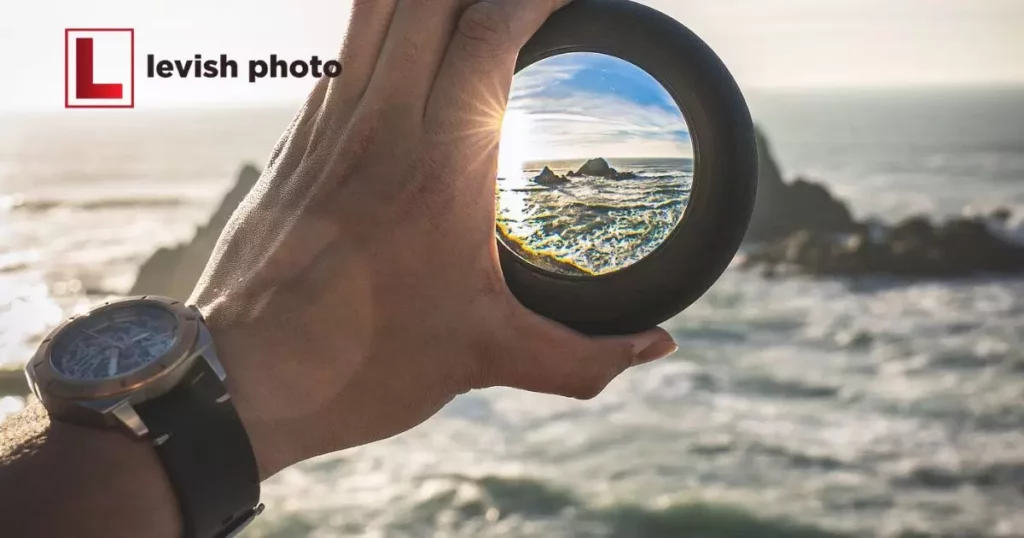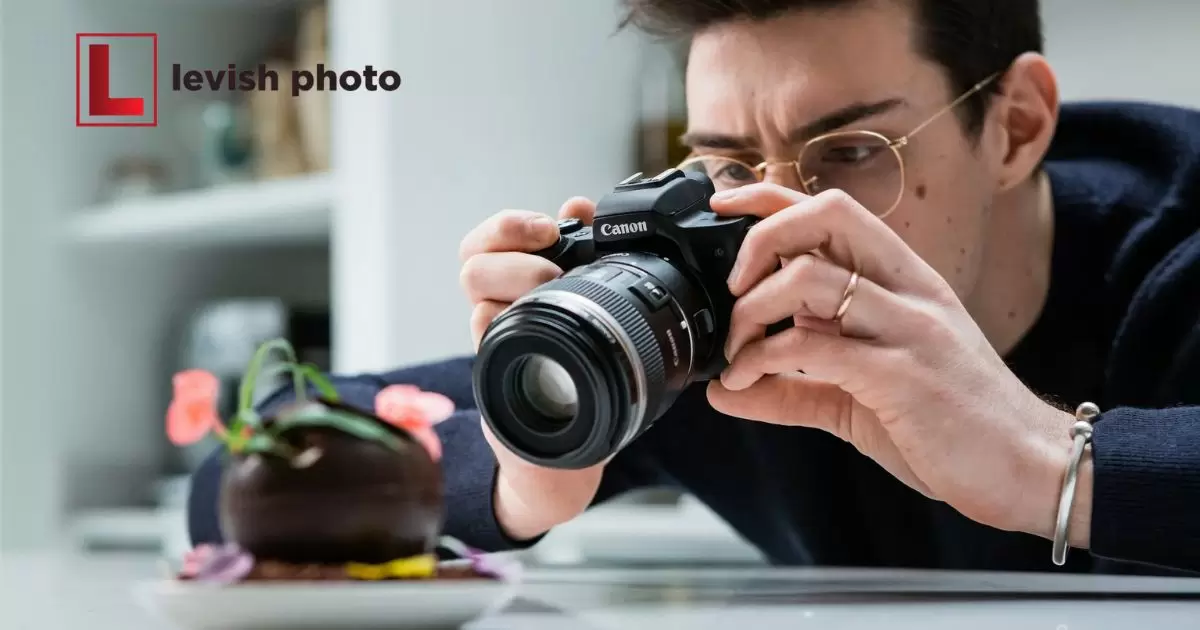In photography, eye focus refers to the intentional emphasis placed on the eyes of the subject within an image. This technique involves adjusting the camera settings to ensure the eyes appear sharp, clear, and prominently featured in the photograph.
Ever wondered, How To Focus On The Eyes In Photography? Mastering this skill elevates your portraits by drawing attention to the most expressive and captivating feature of your subject, the eyes.
The eyes are often described as the windows to the soul, making their focus in photography essential. Sharp, well-focused eyes establish a strong connection between the subject and the viewer, conveying emotions, personality, and depth.
Understanding the Impact of Eye Focus
The impact of eye focus in photography is profound, it’s the gateway to connecting with your subject. When the eyes are sharp and well-focused in an image, they immediately draw the viewer’s attention. They’re the focal point that tells a story, conveying emotions, depth, and narrative.
It’s a portrait, wildlife, or street photography, emphasizing the eyes creates a compelling visual experience, guiding the audience to engage more deeply with the subject. It’s not just about clarity, it’s about creating a connection that transcends the photograph itself.
Choosing the Right Equipment for Eye Focus
Selecting the appropriate equipment significantly influences eye focus in photography. The type of camera and lens can impact how effectively you capture the eyes. For portrait photography, prime lenses with wider apertures often excel in isolating and highlighting the eyes against a beautifully blurred background.
Investing in a camera with reliable autofocus capabilities or manual focus options tailored for eye detection and tracking can immensely enhance your ability to achieve crisp, sharp eye focus in various settings and conditions. Combining the right gear with your understanding of the subject can amplify the impact of your images.
Mastering Manual Focus Techniques
Mastering manual focus techniques is an invaluable skill in achieving precise eye focus. When using manual focus, the photographer gains complete control over which part of the image is in sharp focus. This hands-on approach allows for deliberate emphasis on the eyes, ensuring they are crystal clear and compelling.
Techniques like focus peaking or magnification assist in pinpointing precise focus points, especially in situations where autofocus might struggle, such as low-light conditions or when shooting through obstructed spaces. The nuances of manual focus empowers photographers to capture captivating eye-focused images with precision and artistry.
Utilizing Autofocus for Eye Emphasis
Autofocus is a go-to tool for emphasizing eyes in photography. Modern cameras offer advanced autofocus modes, like face and eye detection, allowing you to lock onto the eyes automatically. By selecting these modes, the camera prioritizes focusing on the eyes, ensuring they remain sharp and clear.
Using continuous autofocus aids in maintaining eye sharpness, especially when your subject is moving. This feature tracks and readjusts focus as the subject moves within the frame, ensuring consistent emphasis on the eyes. Experimenting with different autofocus modes and understanding their functionality enables photographers to master the art of drawing attention to the eyes in their compositions.
Adjusting Aperture for Eye Sharpness
Aperture plays a pivotal role in determining the sharpness of the eyes in a photograph. A wider aperture (lower f-stop number) creates a shallower depth of field, making the eyes stand out against a softly blurred background. This technique, known as selective focus, directs the viewer’s attention to the eyes, making them the focal point of the image.
The relationship between aperture and eye sharpness allows photographers to control the visual impact of their images. It’s essential to consider the effect desired in the final photograph and adjust the aperture accordingly to achieve the desired emphasis on the eyes while maintaining a balanced composition.
Techniques for Composition Around the Eyes
Composition techniques significantly influence how eyes are portrayed in a photograph. Utilizing the rule of thirds places the eyes at key intersecting points, adding balance and interest to the composition. Moreover, leading lines or shapes within the frame can direct the viewer’s gaze towards the eyes, enhancing their prominence.
Experimenting with different angles and perspectives can create captivating compositions. Shooting from slightly above the subject’s eye level can accentuate their eyes, while capturing a close-up with a shallow depth of field intensifies the eye’s impact.
Lighting Strategies for Emphasizing Eyes
Lighting plays a pivotal role in accentuating the eyes in photography. Soft, diffused lighting is ideal for bringing out the details and colors of the eyes without harsh shadows. Natural light can be a photographer’s best friend, especially during golden hour or in shaded areas, as it provides a gentle yet radiant glow that naturally draws attention to the eyes.
Another effective strategy involves using catchlights, which are reflections of light in the eyes. Positioning the light source strategically to create catchlights adds depth and sparkle to the eyes, making them more captivating.
Directing and Engaging Your Subject’s Eyes
Directing the subject’s gaze is a powerful way to enhance eye focus in photography. Communication is key; gently guiding the subject to look directly into the camera or to focus on a specific point can create a connection that draws viewers into the image. Encouraging natural expressions and emotions can result in more genuine and captivating eye contact.
Engaging the subject’s eyes involves creating a comfortable and relaxed atmosphere during the shoot. Building rapport and trust with the subject helps in capturing authentic expressions. Using verbal cues, prompts, or asking the subject to think about something meaningful can evoke genuine emotions, leading to more compelling eye contact.
Post-Processing Tips for Eye Enhancement

Post-processing in a specific photography location provides a range of tools and techniques to further enhance the eyes in photographs. Within this setting, adjusting contrast, brightness, and clarity around the eyes can significantly bring out details.
Another effective method involves selective sharpening or using the sharpen tool to enhance the sharpness of the eyes while maintaining the rest of the image’s softness. Careful adjustments to color temperature and saturation can also make the eyes more vibrant and expressive. Lastly, using specialized software or plugins that offer eye enhancement tools can simplify the process.
Common Mistakes to Avoid in Eye Focus
When focusing on the eyes in photography, several common mistakes can detract from the overall impact of your images. One prevalent error is neglecting to check the focus before capturing the shot. Failing to ensure that the eyes are sharp and well-defined can result in disappointing outcomes.
Another common pitfall is disregarding the impact of distracting elements around the eyes. Cluttered backgrounds or foregrounds can divert attention away from the eyes, diminishing the intended focal point. It’s essential to be mindful of the composition and strive for simplicity to emphasize the eyes effectively.
Practicing and Refining Eye Focus Skills
Improving your eye focus skills in photography requires consistent practice and a willingness to experiment. Start by working with a patient and cooperative subject, allowing you to focus on refining your techniques without time pressure. Experiment with different camera settings, such as adjusting the aperture to achieve the desired depth of field.
Engage in portrait sessions regularly, varying lighting conditions and compositions to broaden your experience. Feedback from peers or mentors can provide valuable insights into areas for improvement. Utilize dedicated practice sessions focusing solely on eye emphasis, gradually incorporating your learnings into broader photography scenarios.
Choosing the Right Equipment for Eye Focus
| Equipment Type | Description |
| Lens Selection | Choose lenses with wide apertures for shallow depth of field, emphasizing eyes. |
| Camera Body Features | Look for cameras with accurate and responsive autofocus systems, crucial for eye-focused photography. |
| Lighting Accessories | Consider using softboxes or diffusers to achieve even and flattering lighting on the subject’s eyes. |
FAQs
How can I ensure sharp focus on the eyes in my photographs?
Achieving sharp focus on the eyes involves selecting the right focus point, utilizing a wide aperture to isolate the eyes, and ensuring proper lighting to enhance clarity.
Is it better to use manual or autofocus for emphasizing the eyes in photography?
Both manual and autofocus have their merits. Experiment with both techniques to understand their strengths and choose the one that offers the most control and precision for your specific shot.
What role does lighting play in highlighting the eyes in a photograph?
Lighting is crucial as it helps to create catchlights, adds depth, and brings out the details in the eyes. Soft, diffused lighting is generally favorable for flattering eye emphasis.
How can I avoid distractions that might take away from the focus on the eyes?
Pay attention to the composition, ensuring minimal distractions around the eyes. Consider using a wide aperture to blur the background and direct the viewer’s attention to the eyes.
Conclusion
Mastering the art of focusing on the eyes in photography is a journey of discovery and skill refinement. It’s not just about technical prowess but also about capturing emotions and connections. With practice, attention to detail, and understanding of various techniques, you can elevate your portraits, creating images that resonate deeply with viewers.
The eyes tell stories, and by mastering their focus, you unlock the power to convey narratives and emotions through your photography. Keep exploring, experimenting, and refining your approach to bring out the captivating essence of the eyes in every image you capture.
